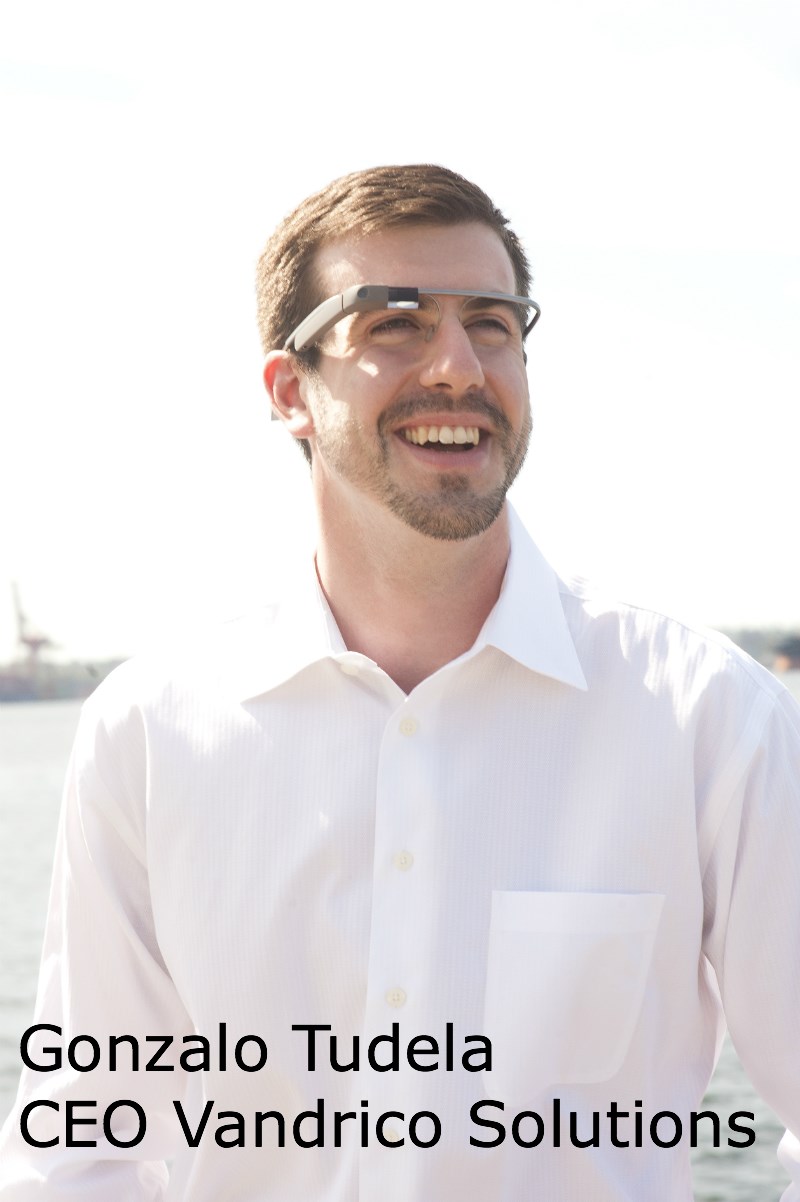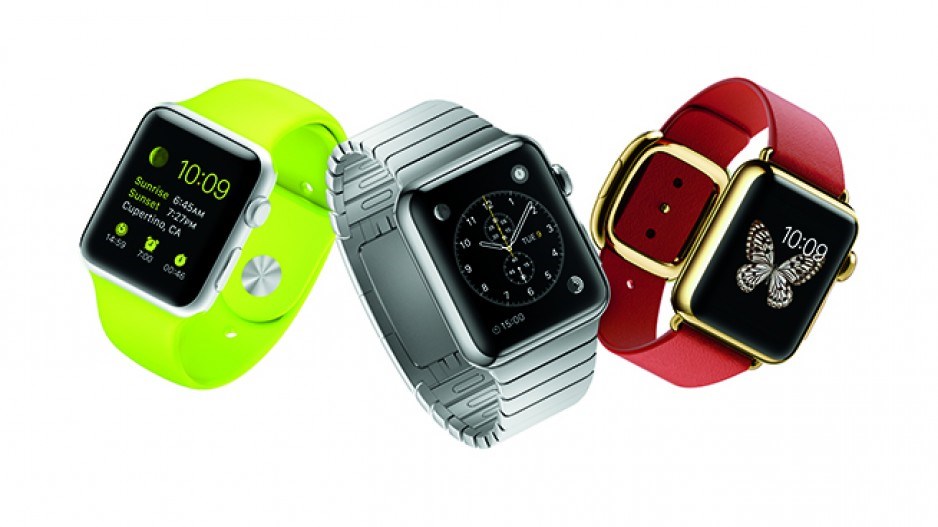Gonzalo Tudela has few doubts next year’s release of the Apple Watch will raise the profile of wearable technologies to heights never seen before in the consumer landscape.
But the CEO of North Vancouver’s Vandrico Solutions, Inc. isn’t convinced the long-term viability of the device, which was unveiled September 9 at Apple’s (NASDAQ:AAPL) Silicon Valley headquarters, is in the consumer market.
Tudela’s company specializes in developing workplace apps for wearable technologies, such as goggles and smartwatches. Mining companies, for example, have enlisted Vandrico to develop apps alerting workers of potential dangers through smartwatch notifications.
“The market is exploding; we know that,” he said.
“The challenge we’ve been … actively pursuing is what are the actionable long-term benefits to make sure people continue to purchase and wear these devices. And we believe it’s in the enterprise place, not the consumers’ place.”
But Scott Michaels, the executive vice-president of Vancouver-based app developer Atimi Software, said most of his consumer-focused clients want their apps to be compatible with the new device.
“The rest of the wearables pale in comparison to what the [Apple] Watch is going to do,” he said.
“It’s completely unlike the Samsung Gear, which is a very bulky, very male device.”
One of the big concerns prior to the Apple Watch’s unveiling was that women wouldn’t be interested.

That unease evaporated once Michaels and his team got to see the device in person.
The watch will be available in three different styles and two different sizes. It also features interchangeable wristbands.
One of the drawbacks, however, is the watch requires a nearby iPhone 5 or iPhone 6 to connect to the Internet.
Michaels said there is a big potential for retail clients to use the device to send notifications to customers while they’re shopping. Women who keep their phones in their purses aren’t likely to miss notifications that pop up on their wrists.
Dynamic Leap Technology CEO Andrei Iancu, whose Vancouver-based company develops apps for both the Apple iOS and Android operating system, said Apple’s efforts to tap into the female demographic could set it apart from the competition.
“They are making it clearly a fashion accessory, which is not necessarily clear with the other [wearable] devices,” he told Business in Vancouver.
Iancu added that because the Apple Watch isn’t hitting store shelves until early next year, developers will have a big headstart in developing ideas and business cases for potential apps.
“You have to think about what is going to be needed for customers to [use] something on their watch rather than on their phone,” he said.
But Tudela said significant questions remain before app development begins at Vandrico.
“We need to know about battery life,” he said, “and being tethered to just an Apple phone is limiting.”
Restricted battery life would make it impractical for miners to rely on the smartwatch for safety alerts. And making customers buy an iPhone before they can use the Apple Watch could make the devices prohibitively expensive for companies looking to invest in wearables.
“We are device agnostic,” Tudela said, adding that his company is indeed interested in developing Apple Watch apps.
“So we will do what’s in the best interest of generating [return on investment] for our companies and our clients.”




